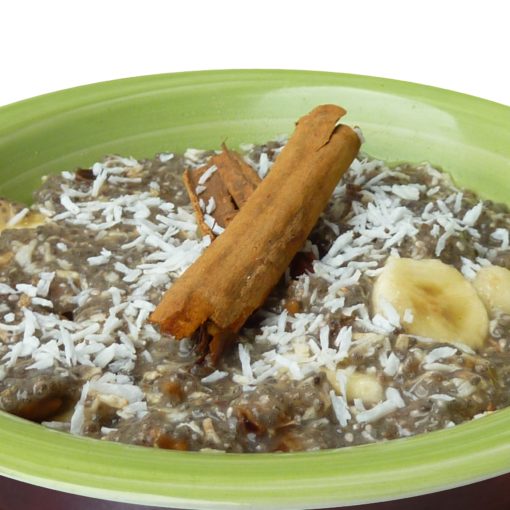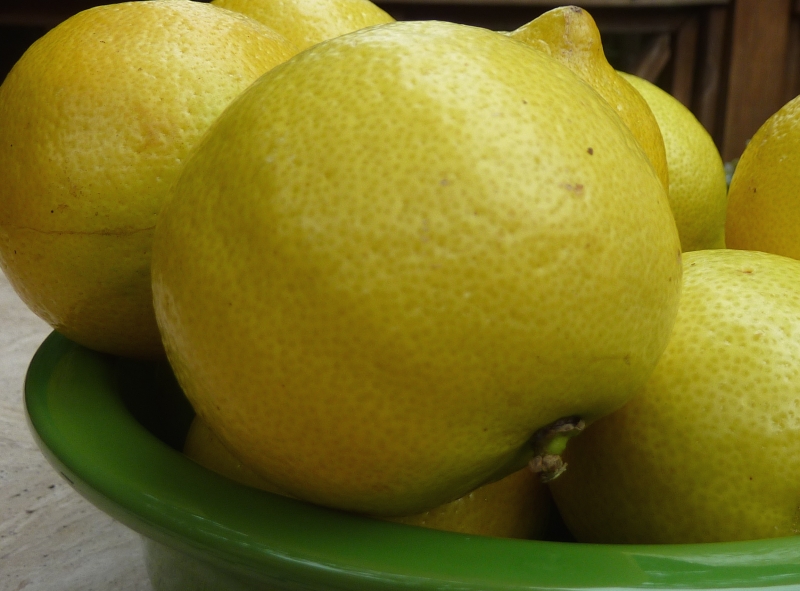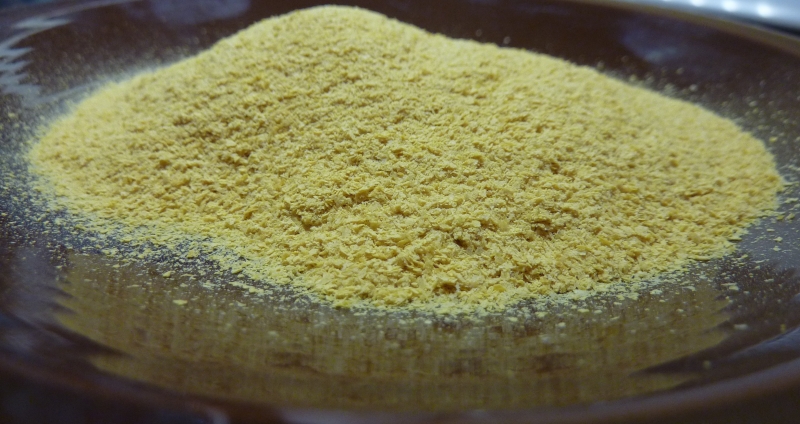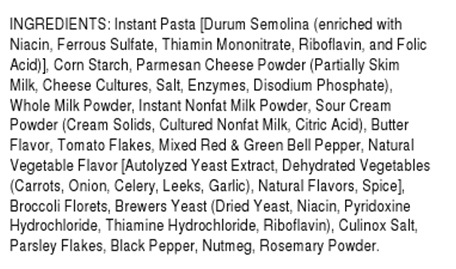Coconut is harvested from the coconut palm tree, which flourishes in tropical climates such as the Philippines, Thailand, Mexico, and India. These trees also grow in South Florida on the U.S. mainland. Remarkably, coconuts have reached the shores of nearly every continent unassisted by human effort. They can drift in the ocean for up to three months, eventually washing up on sandy island beaches, where they can sprout into new trees that may produce up to ten thousand coconuts over their lifetime. This is why coconut palms are commonly found growing along island beaches. The water extracted from coconut is […]
Food 301
Have you ever wondered if fresh food contains the same nutrients as its dried counterpart? Let’s examine what happens when food is dried. These four steps are involved in preserving food by drying: Harvesting Storing Processing Drying From the moment it’s harvested or picked, raw food contains the highest content of nutrients. The nutrients decline as the food gets exposed to light and air during handling and transport. Additional nutrient loss occurs when the food undergoes processing (peeling, slicing, chopping) and declines further once exposed to heat for either cooking, preservation, or storage. Maximum nutrient retention occurs when raw food […]
Nutritional yeast is the perfect companion for vegan adventure travel because it gives cheesy flavor without the need for refrigeration, is low in sodium, and has a very long storage life. Some brands of nutritional yeast are vitamin-fortified and considered a health food. There are no plant foods that reliably contain B-12 and nutritional yeast is an economical way for vegans to get this vital nutrient.
Why sacrifice a decent meal when you are on the trail? Eating well on the trail tastes better and gives you the right types of food to enhance your performance and give you the gusto to go a little further. Eating well does not have to be gourmet or cost a fortune. Learn how to compare packaged foods to determine if the meal is worthy of stashing in your pack for your next outing. Start by following these tips. Should I buy this common backpacking meal? The product displays the following ingredients: 1. Decode the Ingredient List Here is an […]
How can you determine if a company is attempting to sell you a low-quality product despite its health claims? Food labels assert healthful claims on packaged products to get you to purchase them. Knowing what to look for in the ingredient list allows you to determine its worth objectively. There is a great deal of conflicting information available. Most people with special dietary needs are adept at reading labels to determine if the food contains hidden ingredients or allergens. Even if you don’t have any dietary restrictions, it’s beneficial to understand the ingredients in your food. There is an increasing […]




